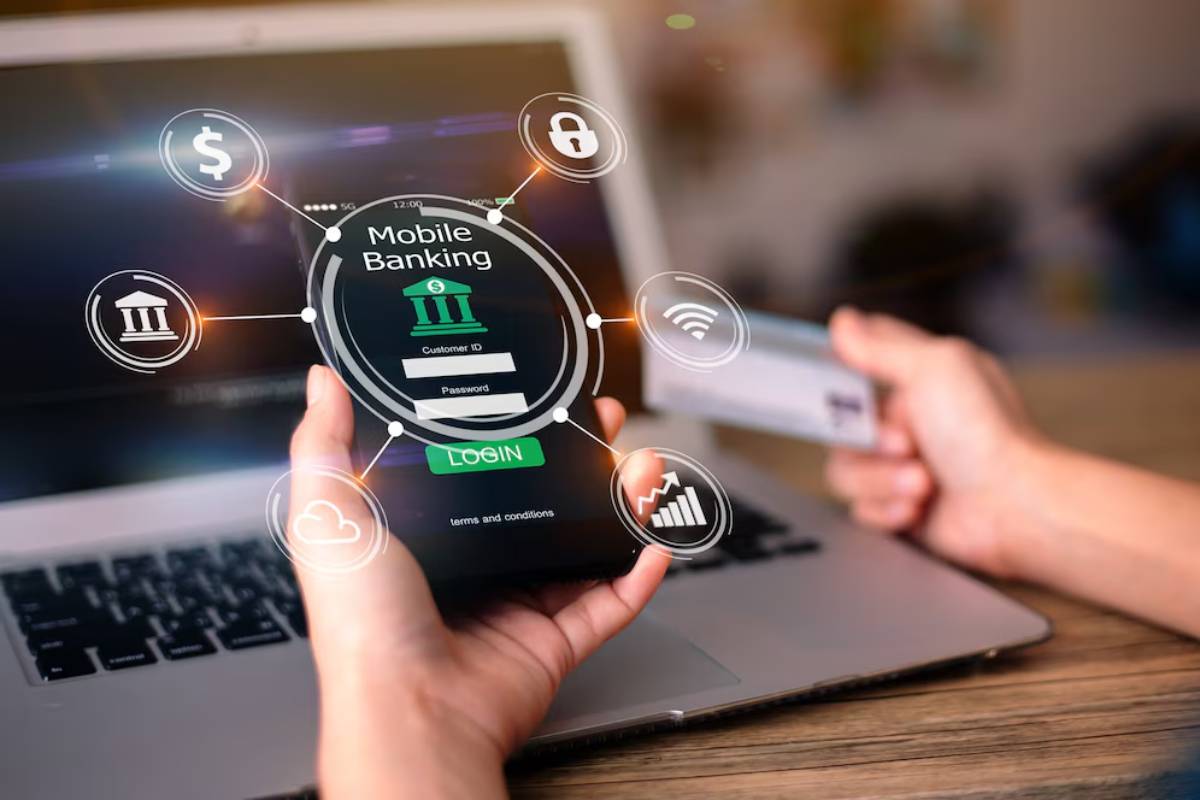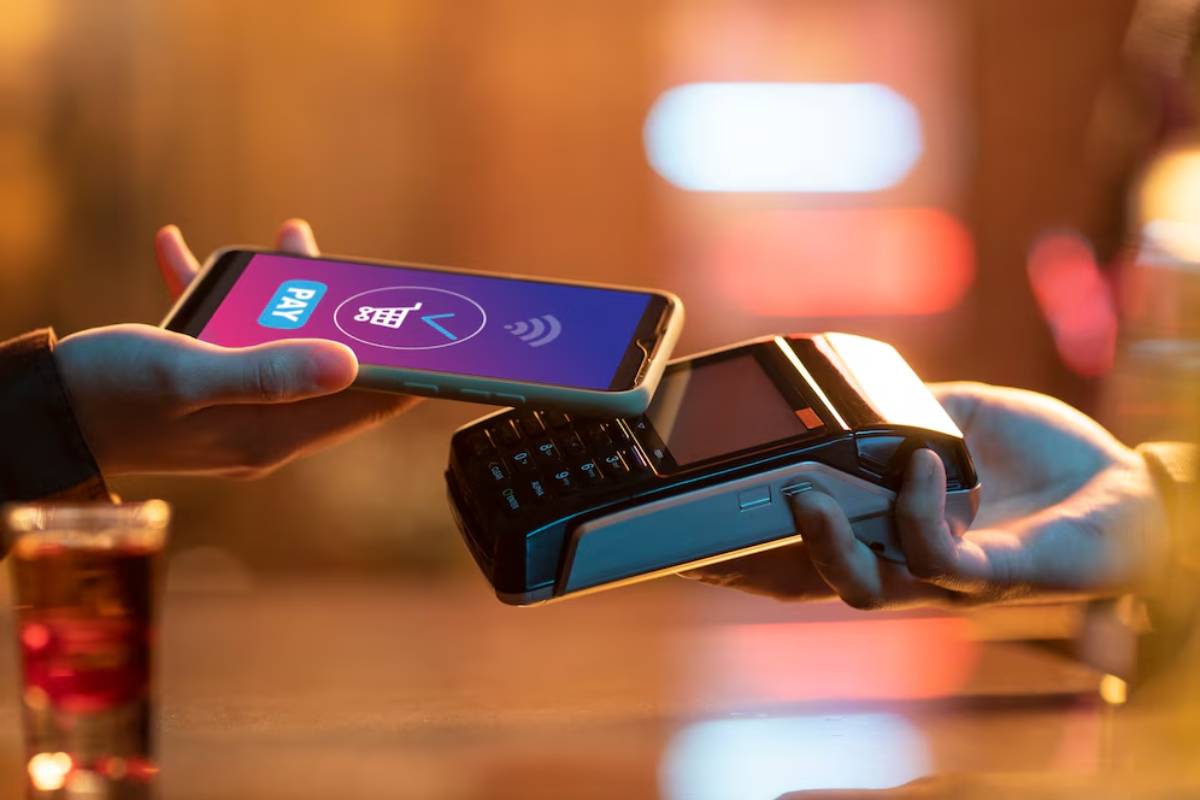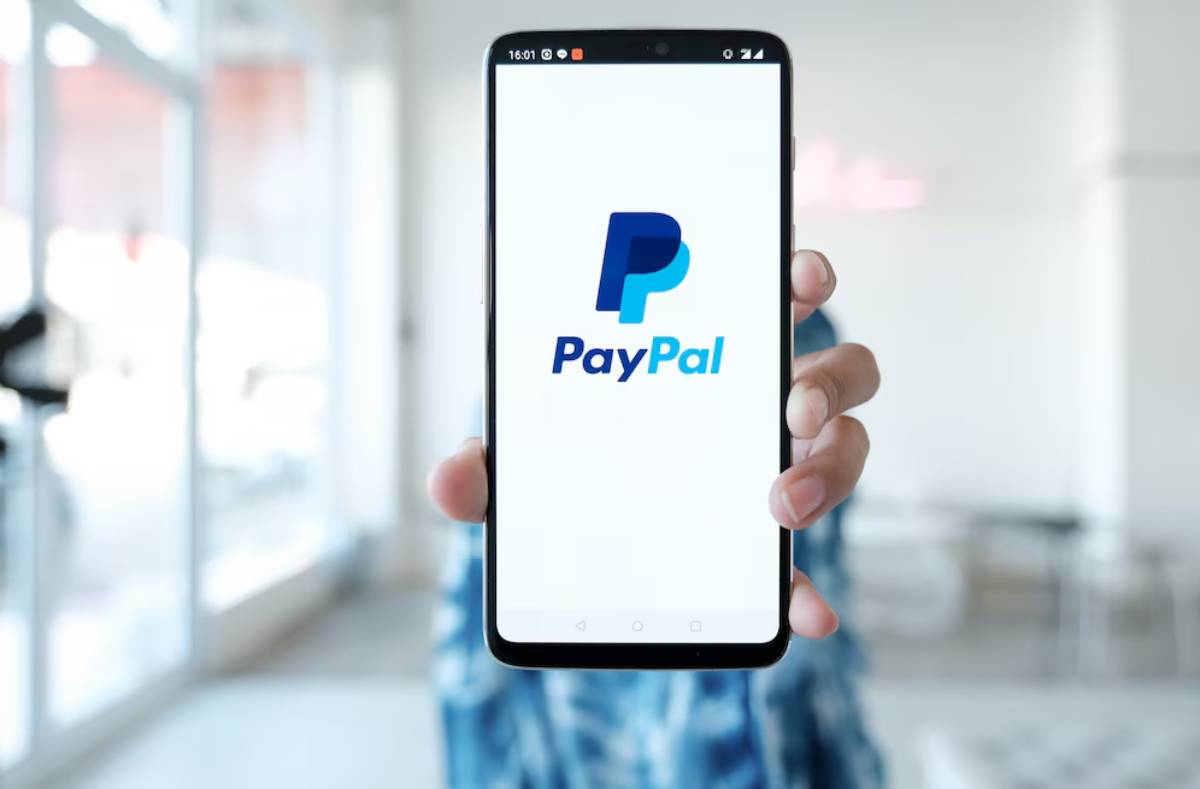
The Rise of Mobile Payment Gateways: Powering Smartphone Transactions and Mobile Commerce
Riding the Wave of Mobile Payments
Picture this: you’re standing at a coffee shop counter, and instead of fumbling for cash or pulling out a card, you simply tap your smartphone and walk away with your latte. That’s the magic of mobile payments, a revolution that’s reshaping how we buy, sell, and interact in today’s digital-first world.
In an era where smartphones are extensions of ourselves, mobile payment gateways have emerged as key players in driving smartphone transactions and powering mobile commerce. Whether you’re an online retailer or a local business, understanding this landscape is crucial to staying relevant and competitive.
In this guide, we’ll dive deep into the rise of mobile payment gateways, their impact on mobile commerce, and how they’re transforming the way businesses and consumers connect. You’ll gain insights into key technologies, trends, and best practices to harness the power of mobile transactions.
Why Mobile Payments Are Dominating the Market
1. Convenience and Speed
Mobile payments offer a frictionless experience. No more digging through wallets—just tap, scan, or click.
- Fact: According to Statista, the global mobile payment transaction volume reached £9 trillion in 2024.
2. Growing Smartphone Adoption
As smartphone usage rises worldwide, so does the demand for mobile-friendly payment solutions.
- Scenario: A shopper browsing on their phone prefers a checkout process optimised for mobile.

3. Contactless and Cashless Trends
The COVID-19 pandemic accelerated the shift towards contactless payments.
- Benefit: Reduced physical contact and enhanced hygiene at points of sale.
How Mobile Payment Gateways Work
A mobile payment gateway facilitates secure smartphone transactions by connecting merchants, customers, and financial institutions.
Step-by-Step Process:
- The customer initiates payment via a mobile app or website.
- Gateway encrypts payment data and transmits it securely.
- The bank or payment processor verifies and authorises the transaction.
- Payment confirmation is sent to both the customer and the merchant.
- Funds are transferred to the merchant’s account.
Key Technologies:
- Near Field Communication (NFC): Enables contactless tap-and-pay.
- QR codes: Scanned by smartphones for instant payments.
- Mobile wallets: Store payment information digitally (e.g., Apple Pay, Google Pay).
Leading Mobile Payment Gateways in 2025
1. Apple Pay
- Strengths: Seamless integration with Apple devices.
- Security: Uses biometric authentication (Face ID, Touch ID).
2. Google Pay
- Strengths: Works across Android devices and web browsers.
- Global reach: Expanding in emerging markets.
3. Samsung Pay
- Strengths: Supports NFC and Magnetic Secure Transmission (MST).
- Unique feature: Works with traditional card readers.

4. PayPal Mobile
- Strengths: Trusted brand for mobile commerce and online payments.
- Flexibility: Supports various currencies and payment methods.
5. Stripe
- Strengths: Developer-friendly APIs for custom mobile integrations.
- Innovation: Supports in-app payments and subscription billing.
Benefits of Mobile Payment Gateways for Businesses
1. Faster Checkout Experience
Reduce cart abandonment rates by streamlining the payment process.
- Fact: Baymard Institute reports that 17% of cart abandonments stem from long or complicated checkout processes.
2. Improved Security
Mobile gateways use advanced security features like tokenisation, encryption, and biometric authentication.
- Benefit: Lower risk of fraud and chargebacks.
3. Access to New Markets
Tap into regions where mobile payments are the norm.
- Example: Mobile wallets dominate in China and parts of Africa.
4. Enhanced Customer Experience
Offering smartphone transactions enhances convenience and fosters loyalty.
- Scenario: A returning customer completes a purchase with one tap.
Best Practices for Integrating Mobile Payment Gateways
1. Choose the Right Gateway for Your Audience
Understand your target customers’ preferred payment methods.
- Example: Prioritise Alipay and WeChat Pay for Chinese markets.
2. Optimise for Mobile UX
Ensure your payment flow is smooth on smartphones and tablets.
- Tip: Use mobile-responsive design and minimise form fields.
3. Ensure Strong Security Measures
Select gateways with robust fraud detection, encryption, and compliance with standards like PCI DSS.
4. Offer Multiple Payment Options
Give customers flexibility with wallets, credit/debit cards, and BNPL (Buy Now, Pay Later) services.
- Benefit: Broader appeal and higher conversion rates.
5. Test Across Devices and Regions
Ensure seamless payment experiences on various devices and in different locations.
- Tip: Use sandbox environments for comprehensive testing.
Real-World Scenario: Boosting Sales with Mobile Payments
A boutique fashion brand integrated Stripe and Apple Pay for their mobile site. Initially, they struggled with high cart abandonment rates. After optimising their smartphone transactions for speed and ease, they saw a 25% increase in completed purchases within three months.
This showcases the power of seamless mobile payment gateways in driving mobile commerce success.
Trends in Mobile Payment Gateways for 2025

1. Biometric Authentication Growth
More businesses are leveraging fingerprints, facial recognition, and voice identification to secure payments.
2. Cryptocurrency Integration
Mobile gateways are beginning to support crypto payments, catering to digital-savvy consumers.
3. AI-Powered Fraud Detection
AI algorithms enhance security by detecting and preventing fraudulent activities in real-time.
4. Expansion of BNPL Services
BNPL options like Klarna and Afterpay are increasingly integrated into mobile commerce platforms.
Staying informed about these trends ensures your business remains competitive and innovative.
Conclusion: Embrace Mobile Payment Gateways for Future-Proof Success
Mobile payment gateways aren’t just a trend—they’re the future of smartphone transactions and mobile commerce. By embracing these technologies, you can offer faster, safer, and more convenient payment experiences that meet the evolving expectations of your customers.
Whether you’re just starting or scaling your operations, integrating mobile payments enhances user satisfaction, expands your reach, and boosts your bottom line. Stay ahead of the curve by choosing the right gateways, optimising for mobile, and keeping up with emerging trends.
Ready to power your mobile commerce? Share your experiences or questions about mobile payment gateways in the comments below, and subscribe for more insights into growing your digital business!


